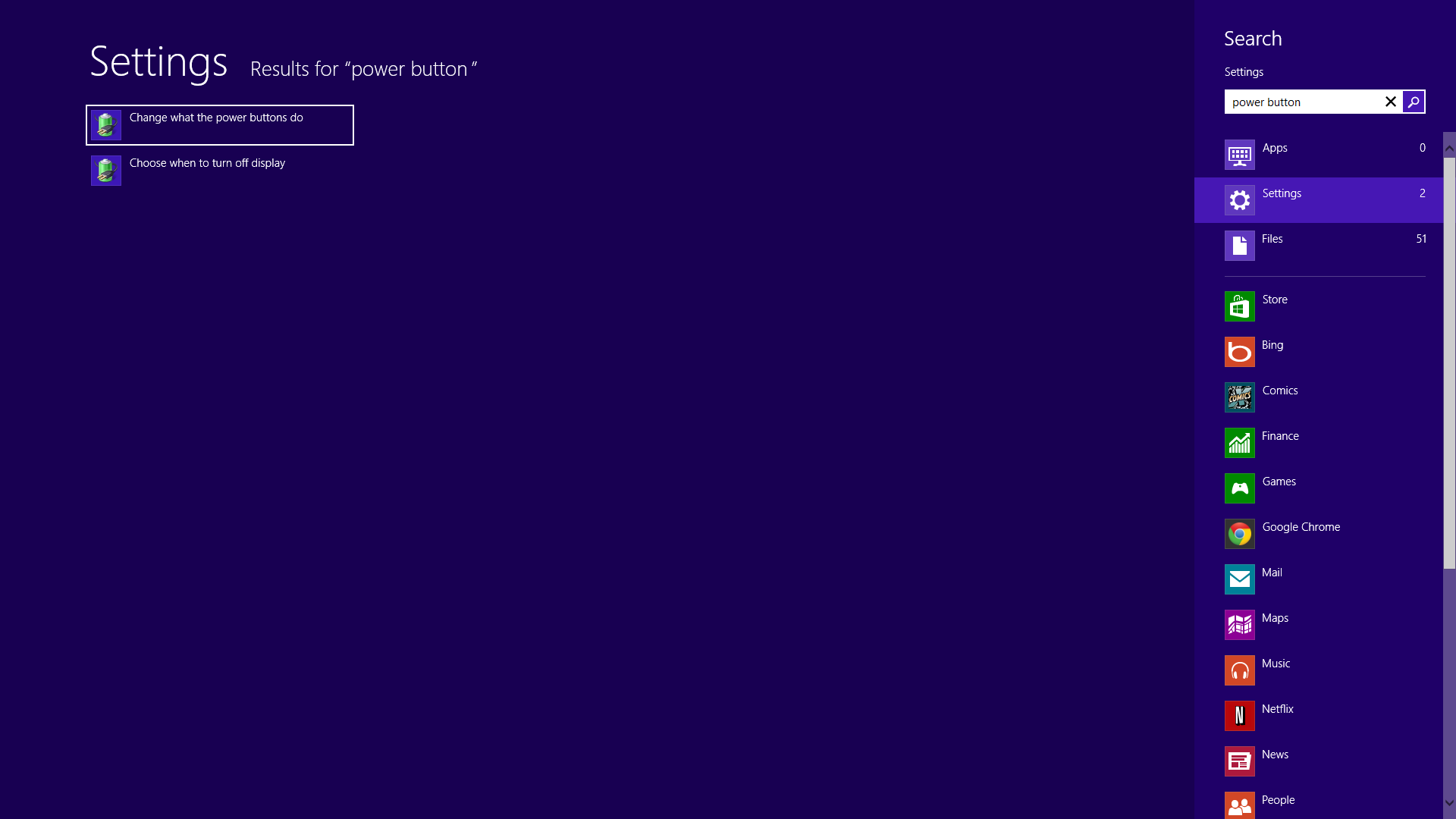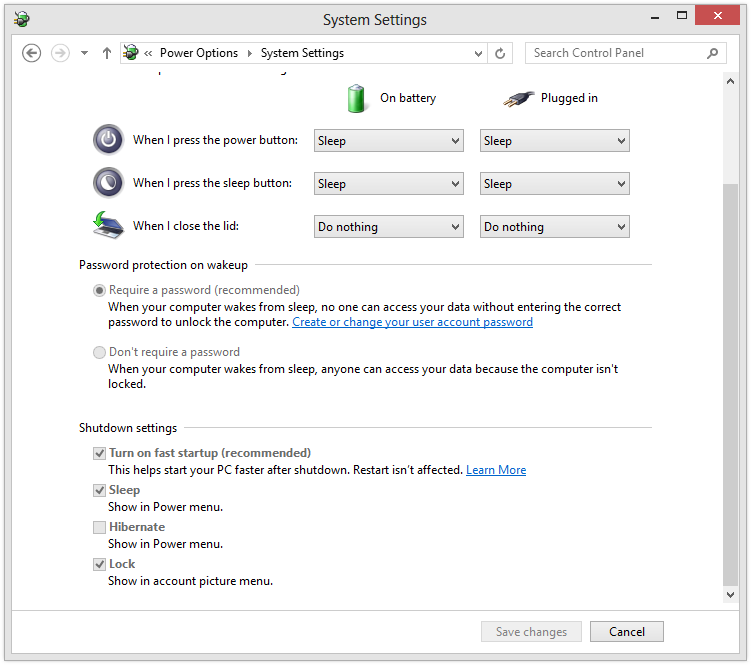| 我们致力本地化我们在尽可能多的语言的网站越好,然而这一页是机器使用谷歌翻译翻译。 | 关闭 |
-
-
产品
-
资源
-
支持
-
公司
-
修复随机电脑关机或重新启动的错误Fixing Random PC Shutdown or Restart Errors
通过 Steve Horton 一月 30, 2013restart, shut down, shutdown2 Comments修复随机PC关机或重启错误
您的PC可能会出现随机关机或重启的原因有多种。其中包括过热的CPU,有缺陷的电源,或者在Windows 8中,混合停机系统存在问题。我们将首先处理最容易检查的组件,即电源。
电源
电源是一个独立的单元,为计算机主板上的组件提供电源。它内置一个矩形金属单元,并有一个风扇,通过计算机背面的通风口循环气流。电源故障可能导致各种组件保持运行所需的能量损失,并可能导致频繁重启。当然,没有电源会导致计算机无法运行。
使用一罐压缩空气经常清除计算机中收集的灰尘。您应该熟悉卸下计算机的外壳,这样您就可以定期清除主板内部收集的灰尘。您会发现电源已拧入机箱背面并且易于更换。
CPU过热
中央处理单元CPU是计算机的主要大脑。这是大型芯片完成计算机的大部分处理或数字运算。该芯片在高温下工作,通常通过内置截止电路保持在安全范围内。如果CPU过热,该电路可能导致随机重启。有一些检查CPU温度的方法,我们已经提到了其中一些 – 包括前一篇博客中讨论的实用程序SpeedFan 。如果CPU过热,最好让技术人员通过新CPU或风扇更换来诊断并解决问题。
Windows 8重新启动
通常,技术的进步伴随着他们自己的初始问题,这些问题与进步本身有关。 Windows 8系统自行重启或遇到关机问题的情况就是如此。这些问题已在操作系统的早期版本中得到注意,并且正在使用新增补丁的Windows 8智能手机平台中得到解决。
了解混合关闭功能有助于解决重新启动和关闭问题。该功能是作为一项进步推出的,它使Windows 8能够在创纪录的时间内打开。
当计算机启动时,它会加载一些信息,使其能够达到完整的操作阶段。这些部分或内核包括系统初始化文件,用户文件和驱动程序文件。关闭计算机时,默认的混合关闭过程会将其中一些文件保存到处于休眠状态的磁盘中。因此,在打开计算机时,这些文件加载的时间大大减少,启动过程变得更快。
计算机有时可能会在重新加载休眠文件时“挂起”。添加未正确集成的新硬件或应用程序,导致系统重新启动或关机问题,可能会导致冲突。要解决此问题,您应通过在Windows 8中执行以下步骤来指定电源按钮以执行完全关闭:
- 在Charms栏顶部的“搜索”框中键入“ 电源按钮 ”。
- 单击设置 。
- 单击“ 更改电源按钮的功能”以打开“ 系统设置”窗口。
- 单击顶部当前不可用的更改设置 。
- 滚动到底部的关机设置
- 取消选择“ 启用快速启动”
- 单击保存更改

设置窗口

关机设置电源按钮现在表示完全关闭,可以允许新硬件和应用程序在启动时完全集成到系统中。
Was this post helpful?YesNo把它钉在 Pinterest 上